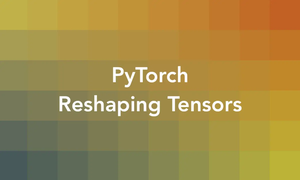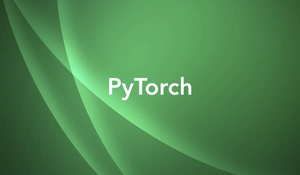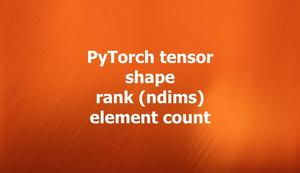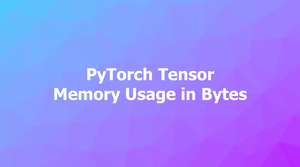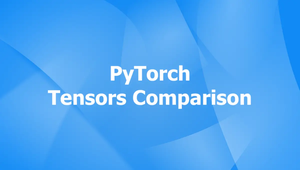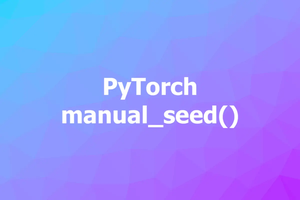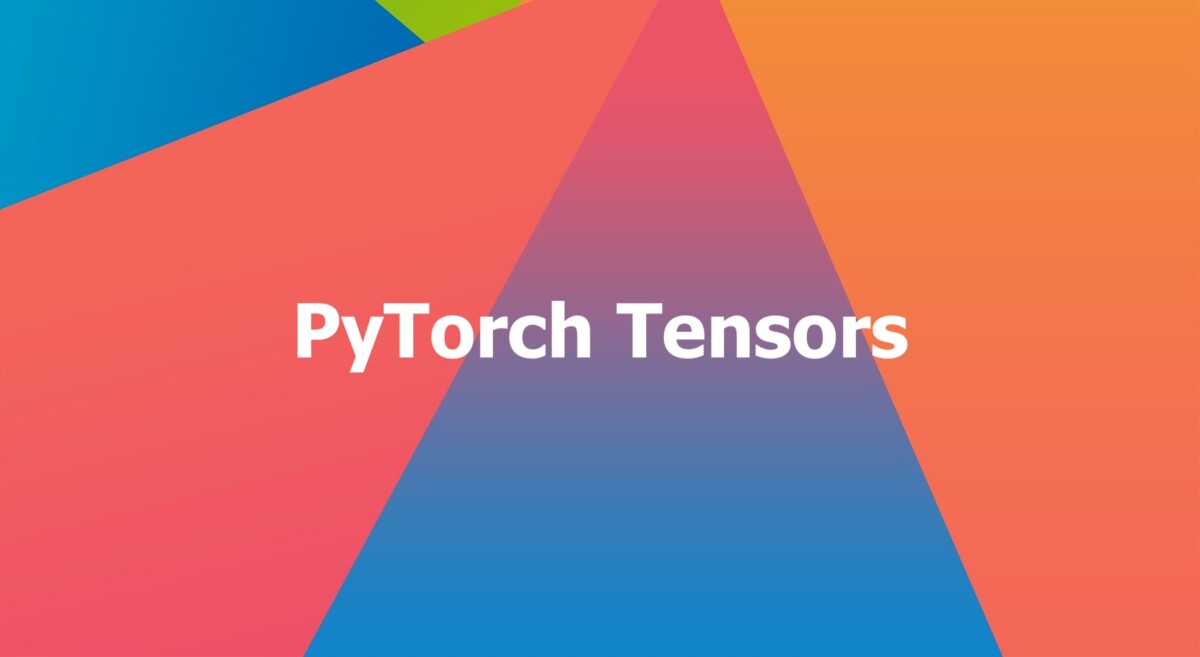
A tensor in PyTorch is a multi-dimensional matrix containing elements of a single data type. Tensors are similar to NumPy arrays but can also be operated on a CUDA-capable NVIDIA GPU.
A tensor can have any number of dimensions and any shape as long as all the numbers have the same type. For example, you can have a tensor of integers or a tensor of floats (decimal numbers) but not a mix of both.
Below are some examples of PyTorch tensors showcasing various dimensions and data types.
Scalar (0-dimensional tensor):
import torch
scalar_tensor = torch.tensor(1.11223344)
print(scalar_tensor)
# tensor(1.1122)Vector (1-dimensional tensor):
import torch
vector_tensor = torch.tensor([1.0, 2.0, 3.0, 4.0])
print(vector_tensor)
# tensor([1., 2., 3., 4.])Matrix (2-dimensional tensor):
import torch
matrix_tensor = torch.tensor([[1.0, 2.0], [3.0, 4.0], [5.0, 6.0]])
print(matrix_tensor)Output:
tensor([[1., 2.],
[3., 4.],
[5., 6.]])4-dimensional tensor:
tensor_4d = torch.tensor([[[[1, 2], [3, 4]], [[5, 6], [7, 8]]], [[[9, 10], [11, 12]], [[13, 14], [15, 16]]]])
print(tensor_4d)Output:
tensor([[[[ 1, 2],
[ 3, 4]],
[[ 5, 6],
[ 7, 8]]],
[[[ 9, 10],
[11, 12]],
[[13, 14],
[15, 16]]]])Tensor with specified data type:
import torch
int_tensor = torch.tensor([1, 2, 3], dtype=torch.int64)
print(int_tensor.dtype)Output:
torch.int64